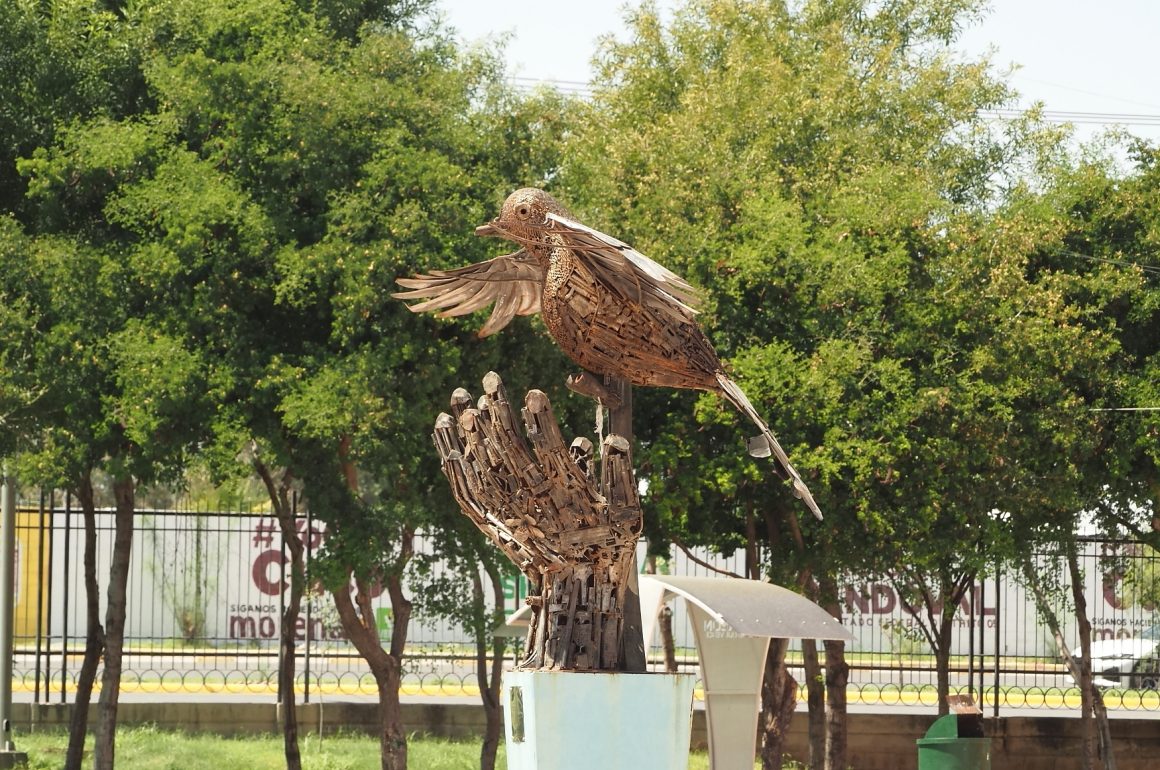
Torreón is a city in the center of the Mexican Plateau, a huge highland basin in the north of Mexico that lies between the western and eastern Sierra Madre mountain ranges. Torreón and two other cities form a metropolitan area of some million and a half inhabitants, collectively known as la Laguna. (Apparently the area once was occupied by a series of intermittent lakes, but they were drained long ago for agriculture.) Unlike almost all Mexican cities, Torreón is also a new city, having grown from a tiny town since 1900. In contrast, Morelia, where I live, was founded in 1540.
I taught a week of classes in the Baptist Seminary in Torreón last month. But the classes were all in the evenings, which left me a bit of time for birding in the mornings. Would this large urban area offer anything interesting?
My first full day in Torreón turned out to be a free day. The person who had the responsibility of making sure I would be housed and fed, and who took me where I needed to go, had also been warned that I like to see birds. So he had planned to take me to Torreón’s two largest urban parks.
I’m not going to pretend I can recommend Torreón as a birding destination, although I also cannot claim to have done a complete study of the city’s potential. But Torreón is a rather important industrial and agricultural hub, so some of our readers may end up going there for work purposes. If they do, they might be interested in what I saw while there (19 species in one week, as opposed to over 100 species on a similar trip to the tropical state of Tabasco).
First, you will see a lot of doves and pigeons in Torreón. White-winged Doves are everywhere. This is a dominant species in northern Mexico, but one which I almost never see in Michoacán. Feral Rock Pigeons and Inca Doves are also very common. Invasive Eurasian Collared Doves are not common, but can be seen, as can Mourning Doves.
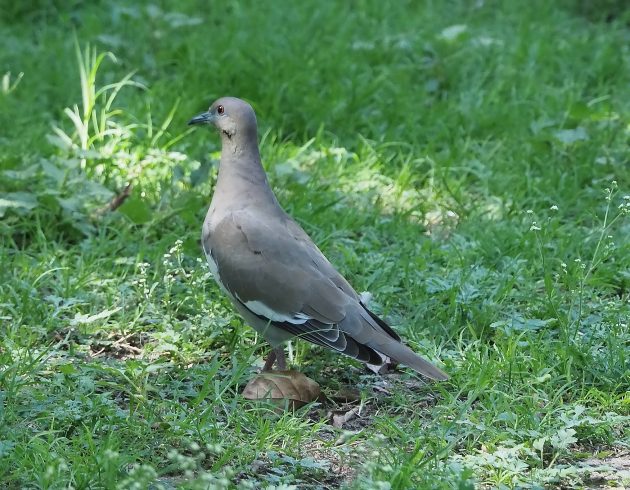
The ubiquitous White-winged Dove
Golden-fronted Woodpeckers, which can be seen throughout Mexico, are very common here. Unlike many woodpeckers, these often probe the ground for grubs. They are numerous in Torreón’s parks.
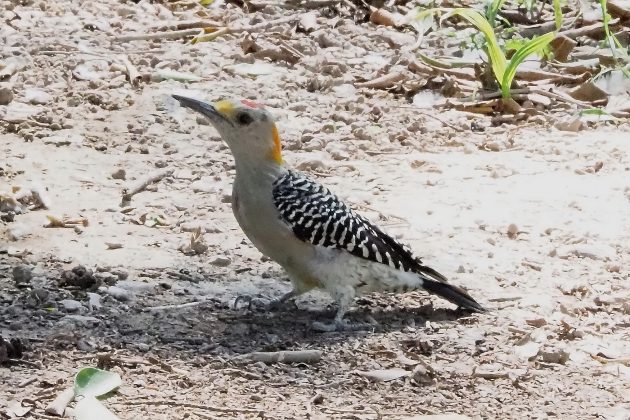
Other common birds include Great-tailed Grackles, House Sparrows, and House Finches. Absolutely no surprises there. Sadly, invasive Monk Parakeets are also very common. I felt better about the Verdins hiding in the mesquite trees.
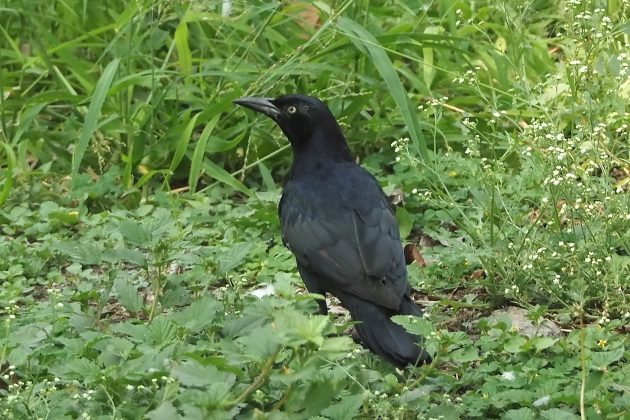
Most of the Great-tailed Grackles seemed to be immature, and had tails that were not yet great.
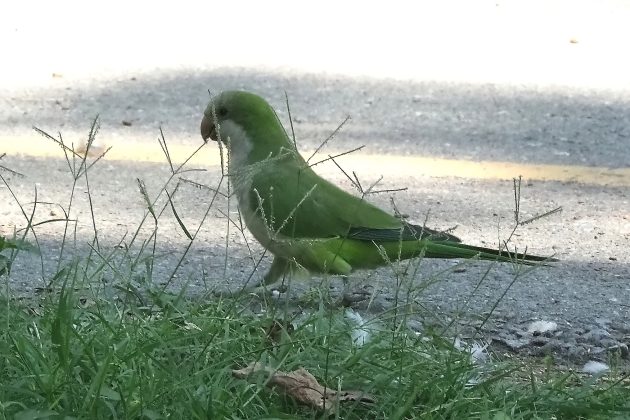
Sigh…
I had a rather quixotic hope to see a pair of desert-loving sparrows, the migratory Brewer’s Sparrow, and the resident Cassin’s Sparrow. But these are apparently rarely seen in the city, and the dates were off for the former species. Still, while I did not achieve these potential lifers, I picked up a pair of unexpected lifers instead. At one park, many Barn Swallows were flying just overhead. But then I noticed a group of slightly smaller swallows flying even higher, all without the Barn Swallow’s characteristic “swallow” tail. In Michoacán, these would absolutely have been Cliff Swallows. But the dates turned out to be wrong for that species, which means these were Cave Swallows, almost identical to the Cliff Swallow. (Cave Swallows have a lighter throat and darker rump than Cliffs.) Lifer!
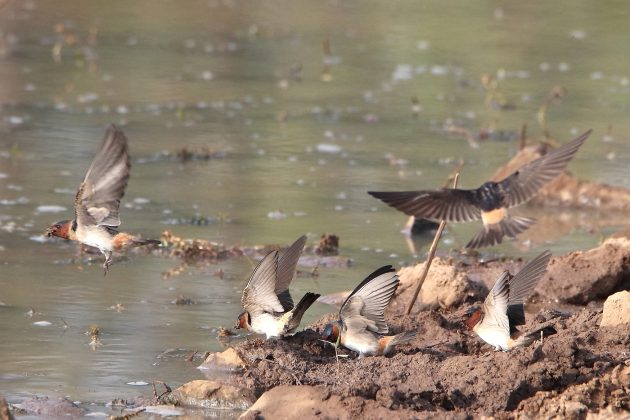
Swallow photography being what it is, I did not manage any shots of Torreón’s Cave Swallows. These were Cliff Swallows, from Morelia.
And on my last day, I had some time to kill, alone, so I half-heartedly decided to see what might be around the neighborhood. I ended up visiting a large undeveloped plot of some two hectares (five acres). A Gnatcatcher was patiently working its way through the desert scrub. It looked identical to the Blue-gray Gnatcatchers seen everywhere during the winters in Michoacán. But, unlike the whiny descending calls of the Blue-grays, this one continuously said che-che-che-che, with a tone not unlike a wren’s scolding calls. When I mentioned this to an ornithologist friend who has more experience in northern Mexico, he immediately confirmed the ID I had already determined: Black-tailed Gnatcatcher. My second, and last, lifer for the trip!
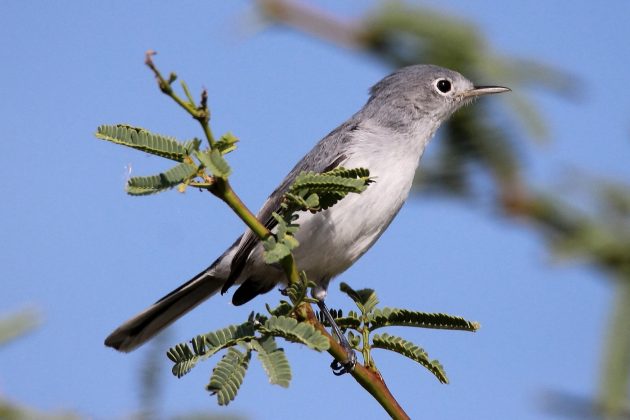
Alas, I did not have my camera with me when I saw the Black-tailed Gnatcatcher. Imagine the underside of this Blue-gray Gnatcatcher’s tail being black, and you get the idea.
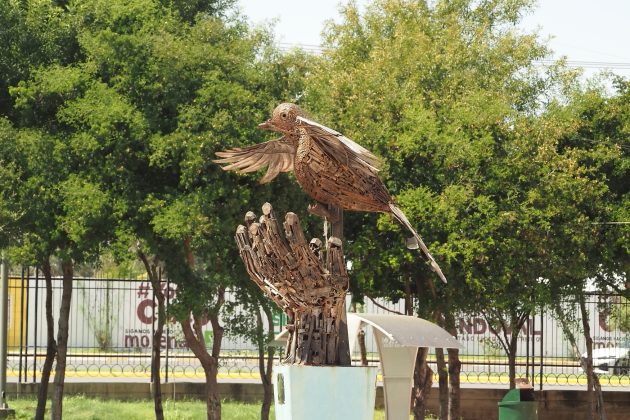
And here is the one truly unusual bird I saw in Torreón. No surprise, it is a dove.













Nice photo of the Morelia Cliff Swallows though!
If you had stayed in the hotel and not wandered about you’d be a few lifers short… good call and nice pictures!